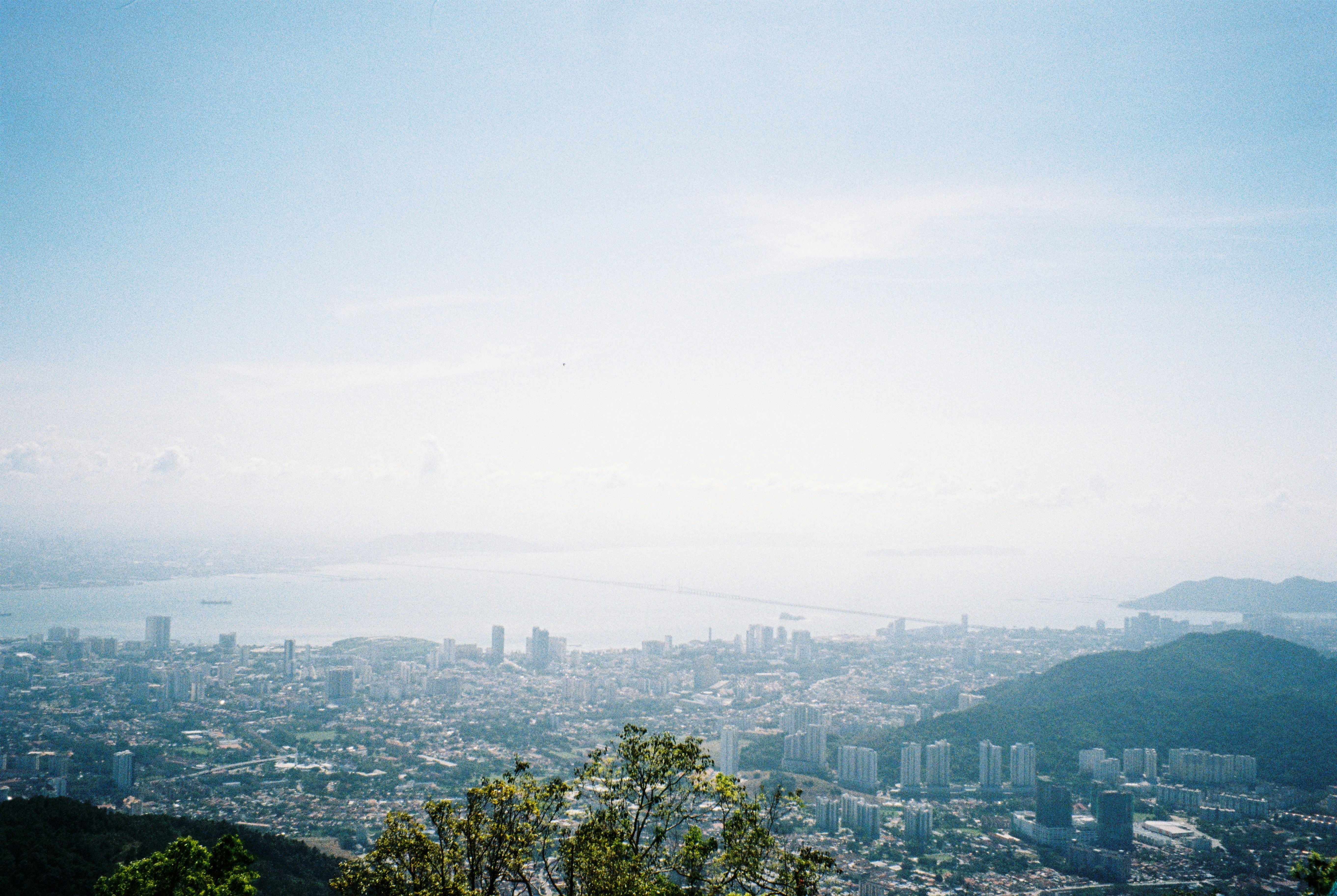Penang Hill and Penang National Park: Lungs of the Island
By Vikneswaran Nair, Rami Isaac, Erdinç Çakmak
September 2024 FEATURE
References
- [1] Penang Hill Corporation. (2023). Sustainable Tourism Practices at Penang National Park. Retrieved from https://www.penanghill.gov.my/sustainable-tourism-practices.
- [2] Penang State EXCO Office for Tourism and Creative Economy. (2021). Infrastructure Developments for Penang Hill. Retrieved from https://www.tcepenang.gov.my/infrastructure-developments-penang-hill.
Vikneswaran Nair

is the President and Professor of Sustainable Tourism at DISTED College, Penang. He strongly advocates for responsible tourism and is currently the vice president of the Malaysian Ecotourism Association.
Rami Isaac

is an Associate Professor and Senior Fellow at the Academy for Tourism, Centre for Sustainability, Tourism and Transport (CSTT), Breda University of Applied Sciences, the Netherlands. He coordinates the graduate student research projects in Penang with the other researchers from Breda University Ecotourism Association
Erdinç Çakmak

is an Associate Professor at the Academy for Tourism, Centre for Sustainability, Tourism and Transport (CSTT), Breda University of Applied Sciences, the Netherlands. He is a frequent researcher who leads his graduate students to conduct their tourism projects in Penang.




